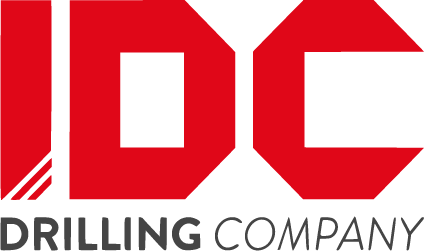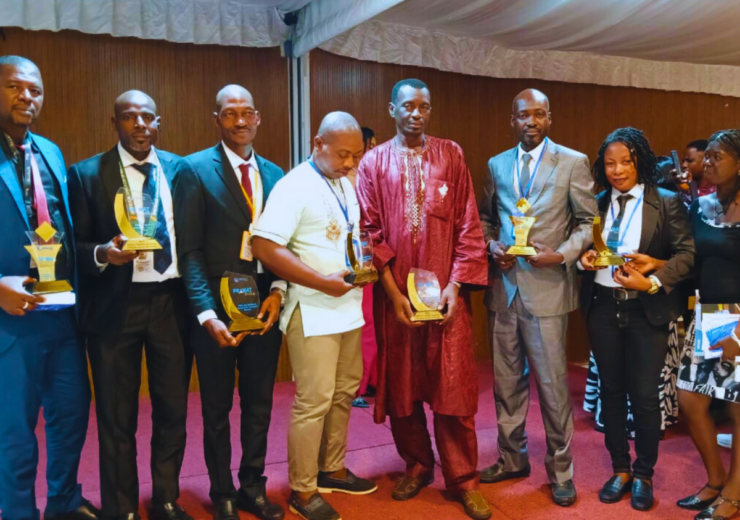In this first edition of the “Employee Spotlight” section, we are pleased to welcome Sede Iba Rodrigue DIOMANDE. A graduate in public health and HSE Coordinator at IDC Ivory Coast , Sede has 6 years of experience. In this interview, he shares his professional journey and various aspects of his job with us.
- Can you introduce yourself and briefly talk about your professional background? I hold a degree in Public Health from Félix Houphouët-Boigny University in Abidjan and I am NEBOSH IGC certified. Since June 2024, I have been working as the HSE Coordinator at IDC Ivory Coast. With 6 years of experience in the field of health and safety, I have worked for various companies, including NOURRIVOIR and ATS-TSEBO SOLUTIONS (Perseus, Alled, Tietto Mining).
- Why did you choose to join the IDC Group? Joining IDC is a unique opportunity for me to contribute to excellence in occupational health and safety in the mining sector in West Africa. As an African player in a market traditionally dominated by Western companies, IDC offers a local perspective and the chance to positively influence safety standards in the region.
- What are your main duties at IDC? The main responsibility of an HSE coordinator at IDC is to manage and implement the company’s health, safety, and environmental policies and procedures. The tasks include, among others:
- Implementing the HSE policy,
- Risk assessment and audits,
- Training and raising employee awareness about HSE practices,
- Incident management, etc.
- What projects are you currently working on? We are currently working on the implementation of Vision Zero, an initiative of the Ivorian government aimed at high-risk companies, including mining companies like IDC.
- What are the 3 essential tools for an HSE coordinator? The most essential tools are:
- An HSE management software,
- Personal protective equipment (PPE),
- Risk assessment tools.
- What key performance indicators (KPIs) do you use to measure the effectiveness of HSE practices? Several relevant indicators are considered, including:
- The accident frequency rate with lost time (TF1),
- The accident severity rate (TG),
- The total number of incident and near-miss reports,
- The regulatory compliance rate,
- The number of HSE training sessions conducted,
- The participation rate in audits and inspections,
- Environmental indicators: Quantity of waste produced, recycling rate, energy and water consumption, greenhouse gas emissions,
- The rate of implementation of corrective actions.
- How do you ensure that safety policies are followed on-site? To ensure compliance with safety policies on-site, we communicate our HSE policy at all levels, organize regular training sessions, and raise awareness about the importance of safety. We conduct frequent inspections and audits, assess risks, and implement preventive measures. We investigate incidents to learn lessons and take corrective actions. Finally, we promote a safety culture and ensure compliance with current regulations.
- Your final thoughts? I have great confidence in the company’s ability to meet its commitments. I firmly believe this will significantly contribute to the continuous training and development of our workforce.
{"cpt":"blog","style":"4","columns":"3","show":3,"from_category":["news"],"order":"DESC","orderby":"none"}





